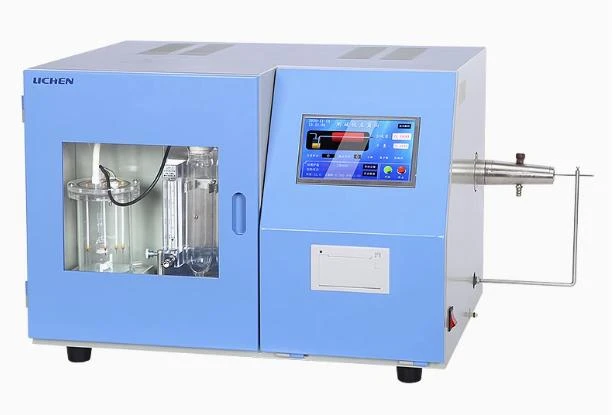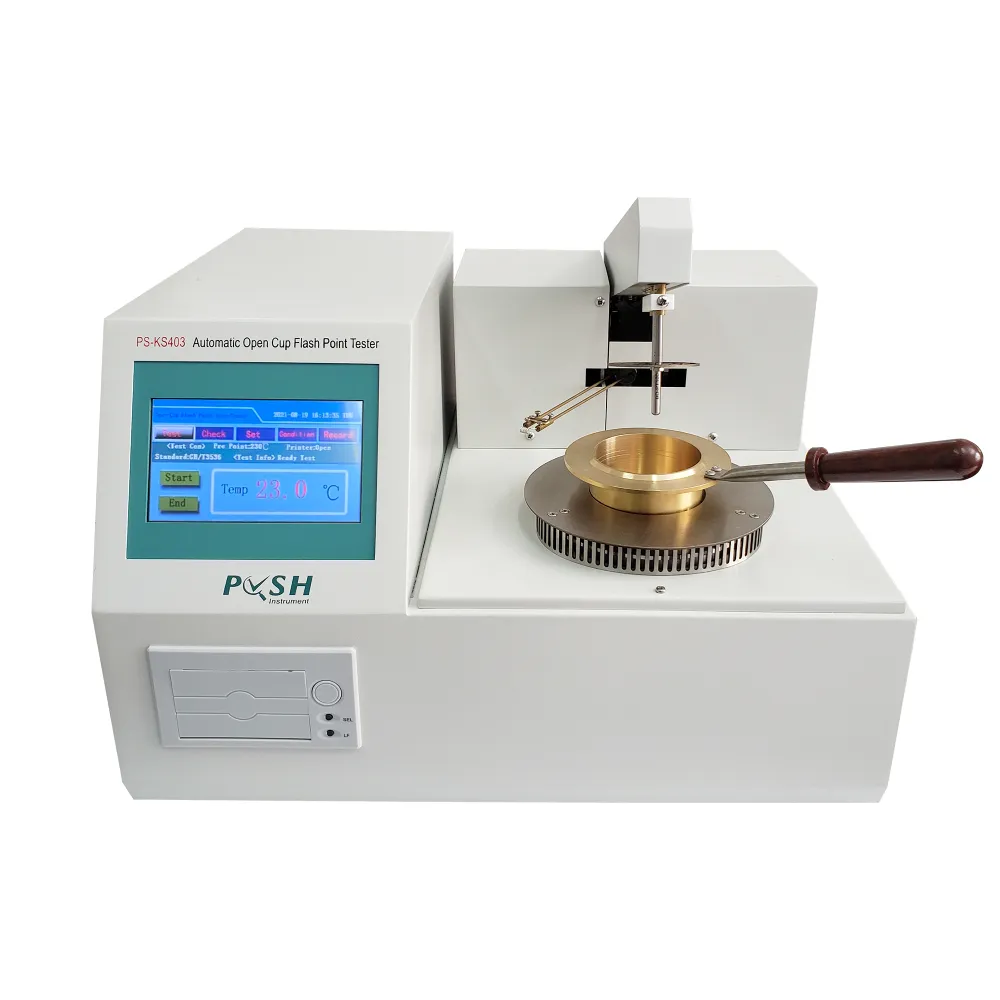TEL:
+86-0312-3189593
 English
English

Telephone:0312-3189593

Email:sales@oil-tester.com

-
 Afrikaans
Afrikaans -
 Albanian
Albanian -
 Amharic
Amharic -
 Arabic
Arabic -
 Armenian
Armenian -
 Azerbaijani
Azerbaijani -
 Basque
Basque -
 Belarusian
Belarusian -
 Bengali
Bengali -
 Bosnian
Bosnian -
 Bulgarian
Bulgarian -
 Catalan
Catalan -
 Cebuano
Cebuano -
 China
China -
 China (Taiwan)
China (Taiwan) -
 Corsican
Corsican -
 Croatian
Croatian -
 Czech
Czech -
 Danish
Danish -
 Dutch
Dutch -
 English
English -
 Esperanto
Esperanto -
 Estonian
Estonian -
 Finnish
Finnish -
 French
French -
 Frisian
Frisian -
 Galician
Galician -
 Georgian
Georgian -
 German
German -
 Greek
Greek -
 Gujarati
Gujarati -
 Haitian Creole
Haitian Creole -
 hausa
hausa -
 hawaiian
hawaiian -
 Hebrew
Hebrew -
 Hindi
Hindi -
 Miao
Miao -
 Hungarian
Hungarian -
 Icelandic
Icelandic -
 igbo
igbo -
 Indonesian
Indonesian -
 irish
irish -
 Italian
Italian -
 Japanese
Japanese -
 Javanese
Javanese -
 Kannada
Kannada -
 kazakh
kazakh -
 Khmer
Khmer -
 Rwandese
Rwandese -
 Korean
Korean -
 Kurdish
Kurdish -
 Kyrgyz
Kyrgyz -
 Lao
Lao -
 Latin
Latin -
 Latvian
Latvian -
 Lithuanian
Lithuanian -
 Luxembourgish
Luxembourgish -
 Macedonian
Macedonian -
 Malgashi
Malgashi -
 Malay
Malay -
 Malayalam
Malayalam -
 Maltese
Maltese -
 Maori
Maori -
 Marathi
Marathi -
 Mongolian
Mongolian -
 Myanmar
Myanmar -
 Nepali
Nepali -
 Norwegian
Norwegian -
 Norwegian
Norwegian -
 Occitan
Occitan -
 Pashto
Pashto -
 Persian
Persian -
 Polish
Polish -
 Portuguese
Portuguese -
 Punjabi
Punjabi -
 Romanian
Romanian -
 Russian
Russian -
 Samoan
Samoan -
 Scottish Gaelic
Scottish Gaelic -
 Serbian
Serbian -
 Sesotho
Sesotho -
 Shona
Shona -
 Sindhi
Sindhi -
 Sinhala
Sinhala -
 Slovak
Slovak -
 Slovenian
Slovenian -
 Somali
Somali -
 Spanish
Spanish -
 Sundanese
Sundanese -
 Swahili
Swahili -
 Swedish
Swedish -
 Tagalog
Tagalog -
 Tajik
Tajik -
 Tamil
Tamil -
 Tatar
Tatar -
 Telugu
Telugu -
 Thai
Thai -
 Turkish
Turkish -
 Turkmen
Turkmen -
 Ukrainian
Ukrainian -
 Urdu
Urdu -
 Uighur
Uighur -
 Uzbek
Uzbek -
 Vietnamese
Vietnamese -
 Welsh
Welsh -
 Bantu
Bantu -
 Yiddish
Yiddish -
 Yoruba
Yoruba -
 Zulu
Zulu
फेब . 12, 2025 15:24
Back to list
PS-ZK03 Transformer Short Circuit Impedance Tester
The short circuit test on a transformer is an essential procedure, offering invaluable insights that ensure its operational safety, reliability, and efficiency. Conducting this test bridges the gap between theoretical specifications and real-world applications. Dive deep into understanding how short circuit testing of transformers underpins the engineering decisions that safeguard electrical infrastructures.
In terms of authoritativeness, electric utility companies, and electrical engineers rely on the data derived from short circuit tests to fulfill regulatory standards and meet industry benchmarks. A transformer that passes the short circuit test is certified to handle the rigors of unexpected spikes in demand and troubleshooting procedures, making it a trustworthy component in the network it serves. Moreover, industries committed to reliability and safety invariably require transformers to pass these tests, establishing a standard practice recognized internationally across electric utilities. Trustworthiness is augmented through documentation and iteration of short circuit tests, where the results promote transparency and assurance to all stakeholders involved. Potential clients, investors, and regulatory bodies can trust in the transformative capabilities underscored by these tests, knowing that the equipment is thoroughly vetted and capable of performing under the most strenuous conditions. The real-world experience gained from conducting short circuit tests enriches the understanding of a transformer's operational dynamics beyond mere compliance. On-site testing involves highly controlled scenarios where instantaneous reactions of the transformer to fault-like conditions are meticulously recorded. This insight is indispensable, nurturing a cycle of continuous improvement where engineers can fine-tune parameters, accommodate innovations, and push the boundaries of energy-efficient transformer design. Investing in short circuit testing is investing in the future of energy. As the demand for electricity grows exponentially and as systems adopt more renewable and variable energy inputs, the necessity for transformers that can operate reliably in every conceivable circumstance becomes non-negotiable. It bridges the pathways to a more sustainable, resistant, and efficient electrical infrastructure. Embracing the results of these tests ensures that transformers are not just passive conduits of electricity, but active guardians of electrical safety and reliability.


In terms of authoritativeness, electric utility companies, and electrical engineers rely on the data derived from short circuit tests to fulfill regulatory standards and meet industry benchmarks. A transformer that passes the short circuit test is certified to handle the rigors of unexpected spikes in demand and troubleshooting procedures, making it a trustworthy component in the network it serves. Moreover, industries committed to reliability and safety invariably require transformers to pass these tests, establishing a standard practice recognized internationally across electric utilities. Trustworthiness is augmented through documentation and iteration of short circuit tests, where the results promote transparency and assurance to all stakeholders involved. Potential clients, investors, and regulatory bodies can trust in the transformative capabilities underscored by these tests, knowing that the equipment is thoroughly vetted and capable of performing under the most strenuous conditions. The real-world experience gained from conducting short circuit tests enriches the understanding of a transformer's operational dynamics beyond mere compliance. On-site testing involves highly controlled scenarios where instantaneous reactions of the transformer to fault-like conditions are meticulously recorded. This insight is indispensable, nurturing a cycle of continuous improvement where engineers can fine-tune parameters, accommodate innovations, and push the boundaries of energy-efficient transformer design. Investing in short circuit testing is investing in the future of energy. As the demand for electricity grows exponentially and as systems adopt more renewable and variable energy inputs, the necessity for transformers that can operate reliably in every conceivable circumstance becomes non-negotiable. It bridges the pathways to a more sustainable, resistant, and efficient electrical infrastructure. Embracing the results of these tests ensures that transformers are not just passive conduits of electricity, but active guardians of electrical safety and reliability.
Latest news
-
Testing Equipment Industry Sees Major Advancements in 2025: Smart & Precision Technologies Lead the WayNewsJun.06,2025
-
Applications of Direct Current Generators in Renewable Energy SystemsNewsJun.05,2025
-
Hipot Tester Calibration and Accuracy GuidelinesNewsJun.05,2025
-
Digital Circuit Breaker Analyzer Features and BenefitsNewsJun.05,2025
-
Benefits of Real-Time Power Quality Monitoring Devices for Industrial EfficiencyNewsJun.05,2025
-
Earth Fault Loop Testing in High-Rise Building Electrical SystemsNewsJun.05,2025



